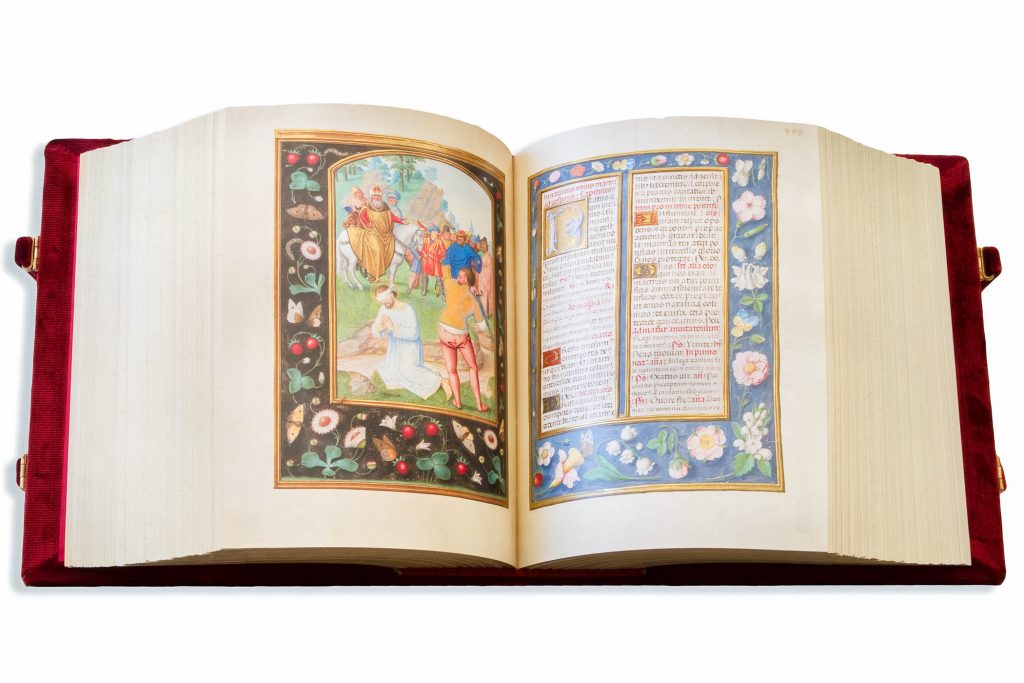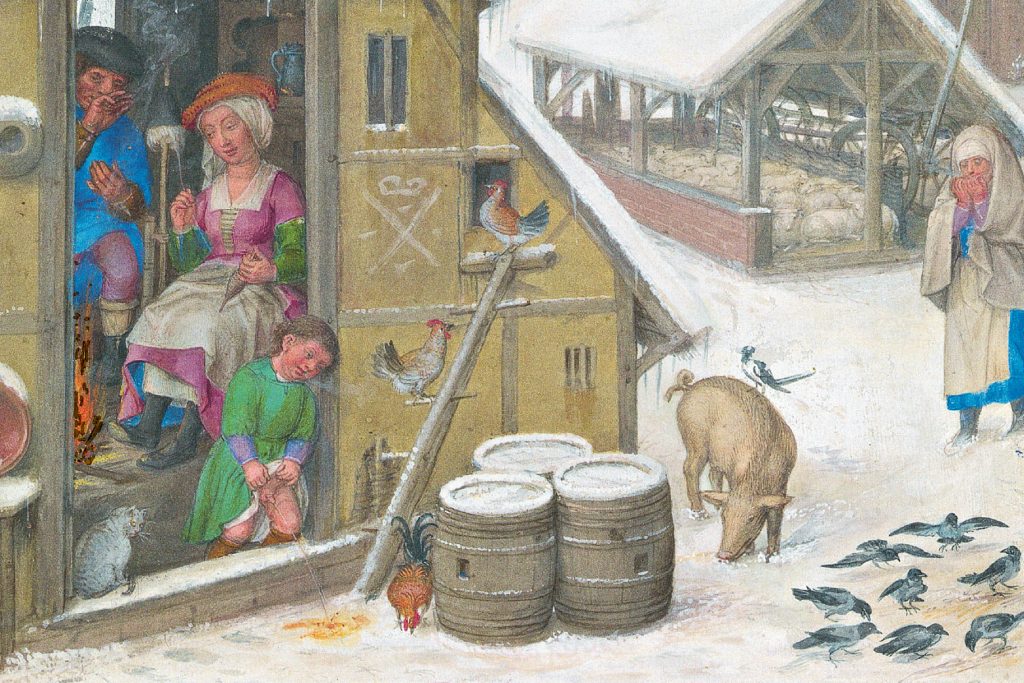Check out this article on the Grimani Breviary, an outstanding work of Flemish tradition, that only a few lucky people got to see!
Venice, and more specifically the Biblioteca Marciana, is now home to one of the most embellished and detailed Flemish manuscripts ever made, that is the Breviarum Grimani.
This codex is the result of a joined effort by the most influential and skilled artists of the time, to mention only a few: the Master of James IV of Scotland, Alexander Bening, the Master of the David Scenes, Simon Bening, and Gerard David. The amount of effort and actual artists that worked on its creation is reflected by its size, for it features more than 1,660 pages.

One of the most striking features of the Grimani Breviary is that it contains an iconographic variety illustrating scenes from everyday life as well as depicting moments of religious life.
A major feature of the manuscript is the outstanding naturalism, which is modeled on works such as the Très Riches Heures by the Limbourg brothers. An example is the month of February featuring a child peeing on the white snow.

The artistry and the craft behind such a beautiful work could only be afforded by the wealthiest of families and individuals. Cardinal Grimani, who bought the manuscript in 1520 and after whom the manuscript is names, specified in his will that this magnificent artifact was to be shown to people only in extraordinary circumstances (quod Breviarium, tanquam rem nobilissimam et pulcherrimam, ostendere debeat personis honorificis, quandocunque oportunum fuerit). For years, the Grimani Breviary represented the forbidden fruit of art scholars as nobody was allowed to view it.
Now, things have changed and you can access your own facsimile edition for you to browse anytime anywhere, in the meanwhile check out our gallery!
If you want to know more check out Flemish Painters – The Grimani Breviary!




